black in japanese culture
Black in Japanese Colors and More: Traditional Meanings!

Savannah Walker
Posted on February 19, 2024
Share:

Colors in Japanese serve as profound symbols deeply intertwined with tradition, spirituality, and societal norms. Among these colorful hues, black in Japanese culture emerges as a pillar, embodying not just formality and elegance but also the depths of mystery within Japan. Let us discover the unique meanings behind the colors that paint the canvas of Japanese life.
Black
In Japanese culture, black embodies both solemnity and elegance. Known as “kuro” in Japanese, it represents formality and sophistication, often worn during solemn occasions like funerals or formal ceremonies. It signifies a sense of dignity, commanding respect in its understated presence. Embraced by artisans and scholars alike, black transcends mere color to become a color for expressing strong emotions and philosophical insights.
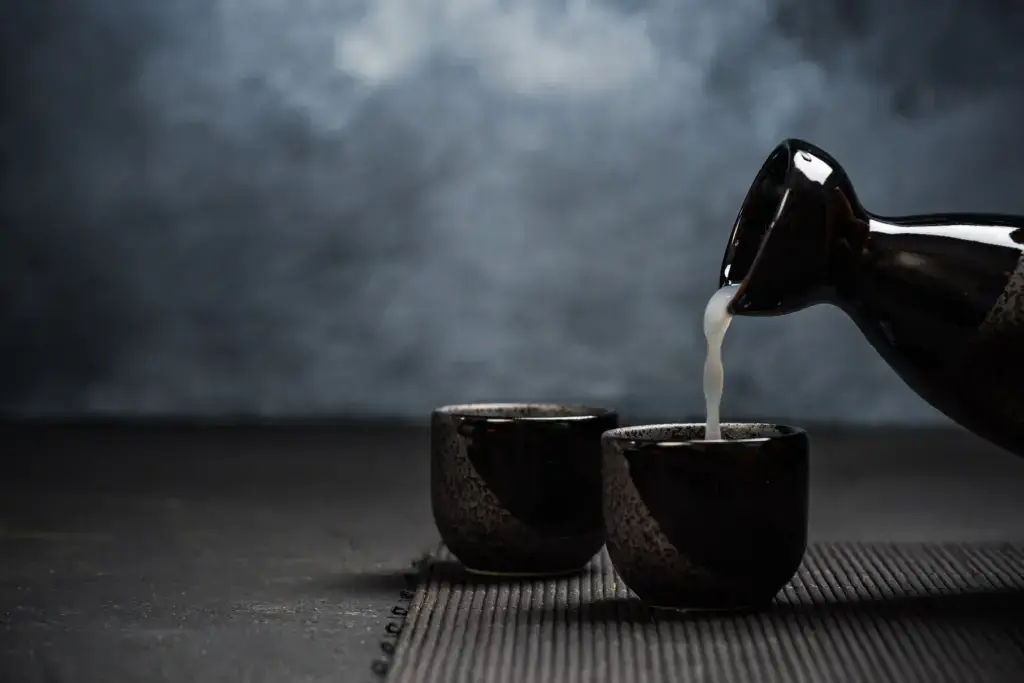
However, black also carries a tinge of foreboding, symbolizing misfortune or the unknown. Historically, it was associated with mourning and darkness, reflecting the brief nature of life and the mysteries beyond. However, despite its somber associations, black remains a timeless symbol of sophistication and restraint in Japanese aesthetics.
Blue

The color blue, or “ao” in Japanese, draws inspiration from the boundless expanse of the sea and sky, symbolizing tranquility, depth, and dignity. It resonates with calmness and serenity, reflecting the harmonious relationship between humanity and nature. It is commonly used in traditional arts such as pottery and textiles, which bring feelings of serenity and introspection. Blue is significant during the New Year’s celebration, covering decorations and kimono attire, symbolizing hope, renewal, and the promise of a new beginning.
Green
Green, known as “midori” in Japanese, is prominent in Japan’s cultural and spiritual landscape. It shows profound luck, growth, and renewal concepts deeply rooted in Japanese folklore and tradition. It is prevalent in Japanese gardens, where moss-covered stones and large grassy areas create tranquil sanctuaries for meditation and thought. These meticulously designed spaces reflect the need for nature inherent in Japanese culture, with green symbolizing vitality and harmony. From tea ceremonies to Zen gardens, green infuses Japanese aesthetics with a sense of organic beauty and spiritual renewal.
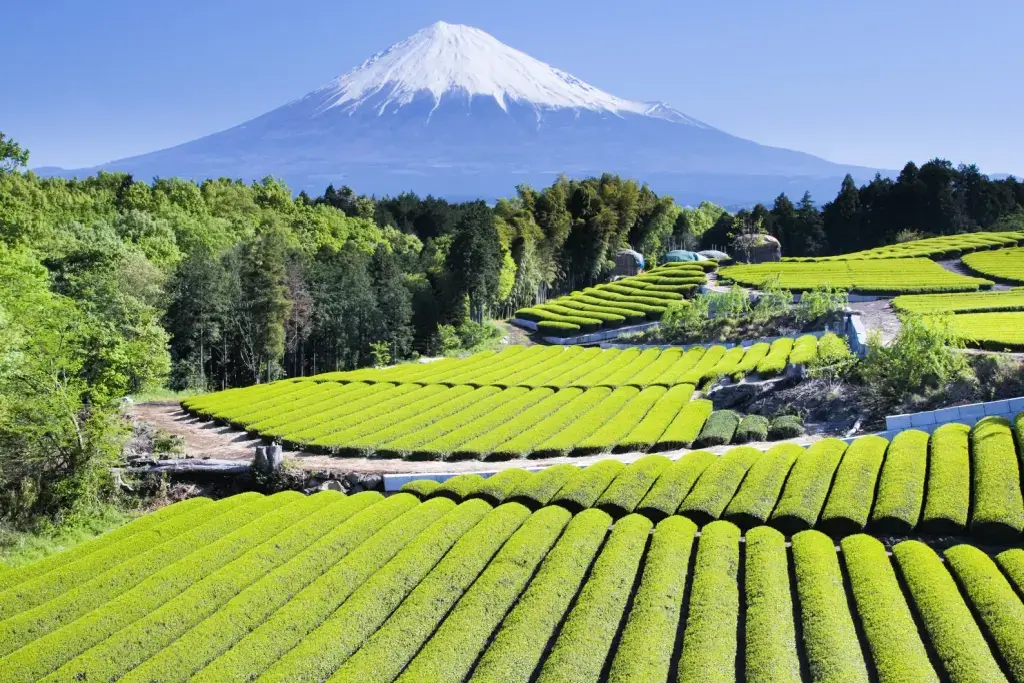
It represents the rhythms of life, showing cycles of growth, decay, and rebirth observed in the natural world. Moreover, it underscores the interconnectedness of all living beings, reminding us of our symbiotic relationship with the environment. In Japanese culture, green is more than just a color; it symbolizes resilience, harmony, and the eternal cycle of life.
Are you looking for amazing traditional snacks from Japan? Check out Sakuraco! Sakuraco delivers traditional Japanese snacks, teas, sweets, and snacks from Japan to your door every month so that you can enjoy Japan’s taste anywhere!
Red
The color red, or “aka,” pulsates with vibrant energy and symbolism in Japanese culture. As a result, it’s synonymous with prosperity, familial bonds, and the exorcism of malevolent spirits. It is prominently featured during festivals and ceremonies, adorning traditional garments, decorations, and auspicious symbols.
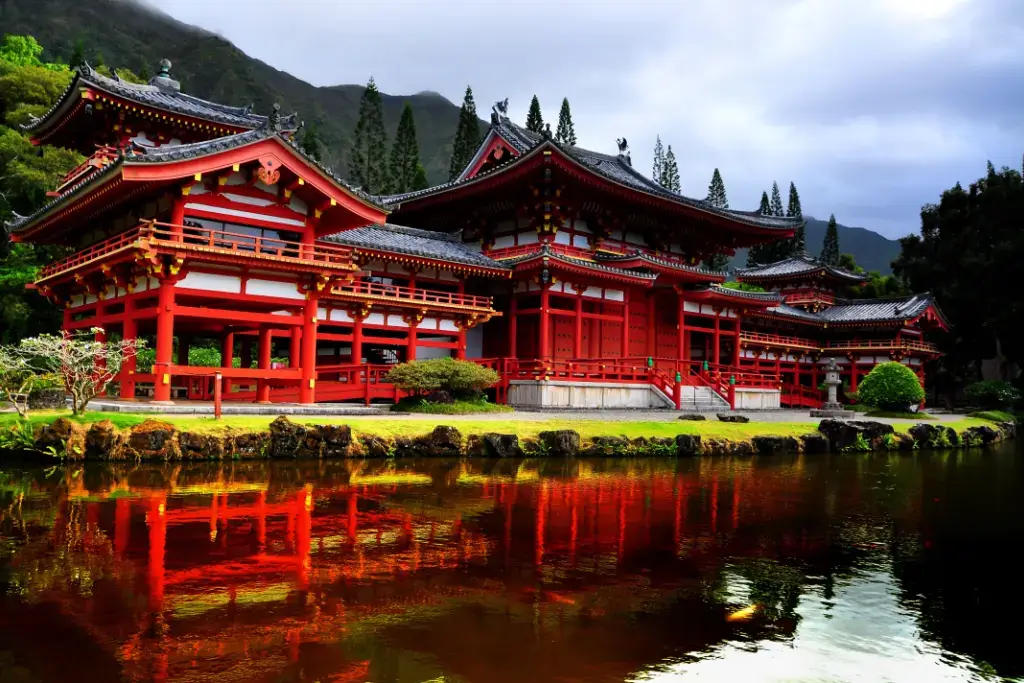
Red torii gates mark the entrances to Shinto shrines, inviting worshippers and visitors alike to partake in sacred rituals and prayers. It also plays a significant role during the New Year’s festivities, symbolizing good fortune, happiness, and prosperity for the year ahead. From New Year decorations to traditional wedding attire, red signifies joy, vitality, and the enduring spirit of celebration.
Purple
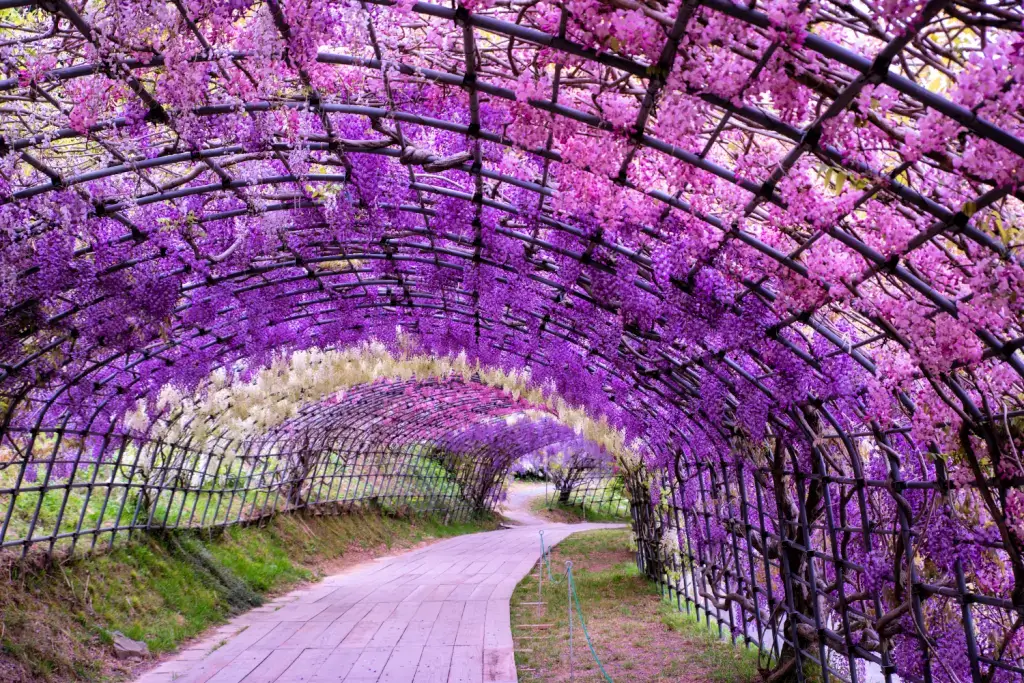
In Japanese tradition, purple, or “murasaki,” evokes the spirit of the warrior and the nobility of ancient dynasties. Moreover, it symbolizes strength, courage, and regal elegance, reflecting the valor of samurai warriors and the grace of imperial courts. It is also often associated with Buddhist temples and imperial regalia, signifying rulers’ and religious figures’ divine authority and prestige. Overall, purple is a color of reverence and prestige, adorning ceremonial garments and ancestral relics with its majestic hue.
What makes these colors important?
The significance of colors is important in Japan because it profoundly reflects the nation’s cultural diversity. These colors are not merely pigments on a canvas but symbolic representations of centuries-old traditions, spiritual beliefs, and societal values deeply ingrained in Japanese society. They also resonate with the essence of Japanese art, literature, and daily life, acting as a visual language that communicates emotions, traditions, and beliefs.
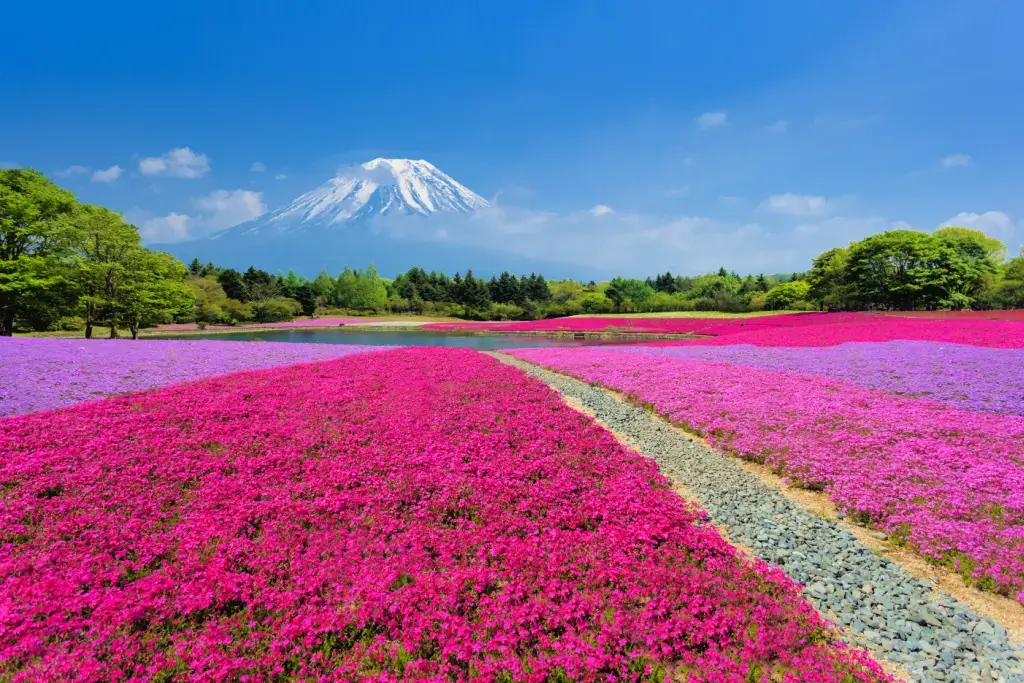
The importance of colors in Japan also underscores the nation’s deep-rooted connection to nature and the seasons, as reflected in the poetic symbolism of cherry blossoms, autumn leaves, and the changing landscapes throughout the year. Additionally, this beauty is mirrored in the delicate colors in Japanese art, as a reminder of life’s blissful nature.
The colors of Japan also resonate with timeless significance, reflecting the profound interplay between tradition and innovation, nature and civilization. We invite you to share your thoughts and experiences with Japanese colors. What meanings do they hold in your life? Leave a comment below and join the conversation!

Discover authentic flavors with Sakuraco
Get Sakuraco 

Discover authentic flavors with Sakuraco
Get Sakuraco 
Related Articles

Hatsumode: Why Is It Japan’s Most Important Tradition?
Hatsumode is the first visit to a shrine or temple in the New Year in Japan, and it is one of the country’s most important traditions. Every year, millions of people participate, demonstrating the profound connection between this custom and daily life.

Japanese Fish Bait: The Beautiful Art of Kebari
Kebari are traditional hand-tied flies used for freshwater fishing in Japan, especially in mountain streams where small insects form the main diet of native fish. Instead of bright plastic lures, kebari use feathers, thread, and natural materials to create subtle movements in the water.

Japan Holidays Guide: Relax, Explore, and Delight in Festive Fun
As the year draws to a close, everywhere buzzes with preparations for the holidays, and Japan is no exception. Despite the cold winter weather, you can feel warmth in the scenery, decorations, and festive activities across the country. Let’s explore the unique experiences of holidays in Japan that many people dream of enjoying at least once in their lifetime!

Tokyo Gardens: Five Beautiful Traditional Japanese Gardens to Visit
Tokyo gardens offer a relaxing escape for visitors looking to get a breath of fresh air. However, Tokyo has more than just the typical gardens we see in the West. Let’s explore five traditional Japanese gardens and what makes them unique!



